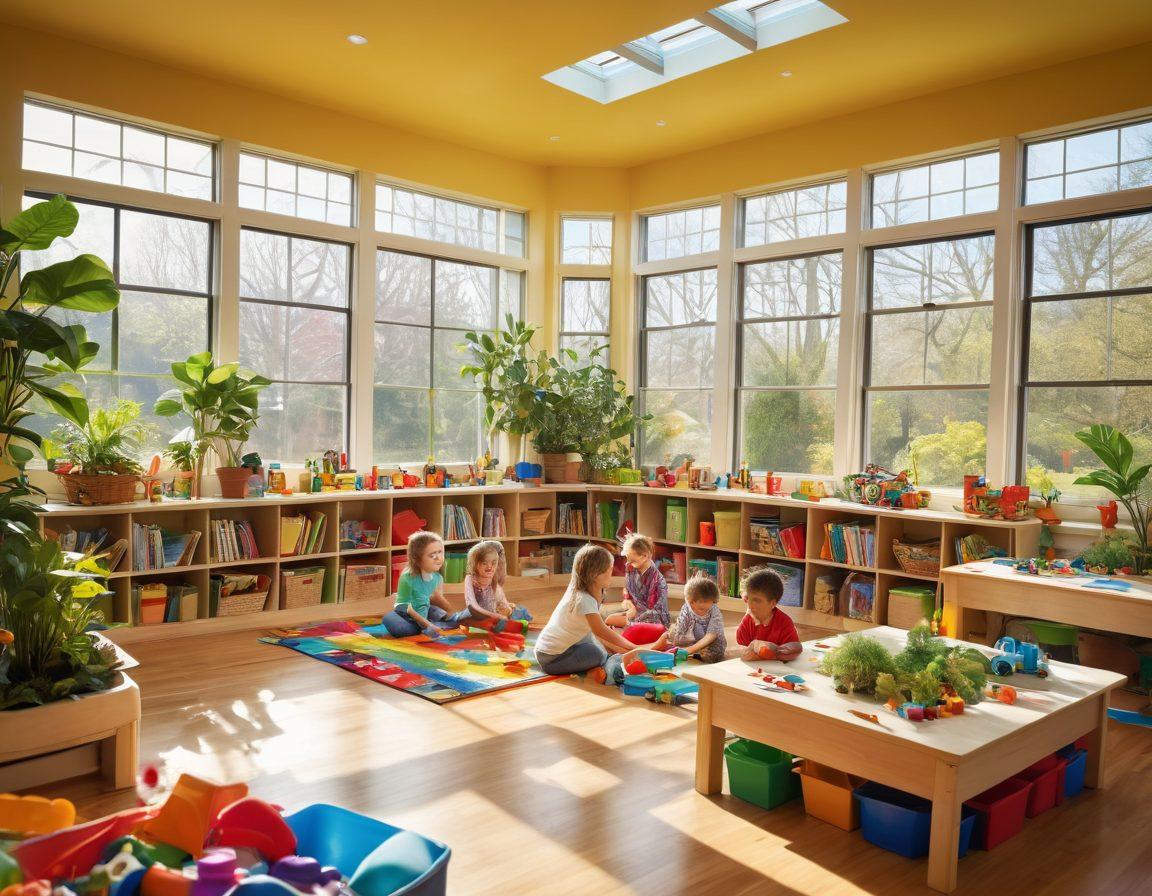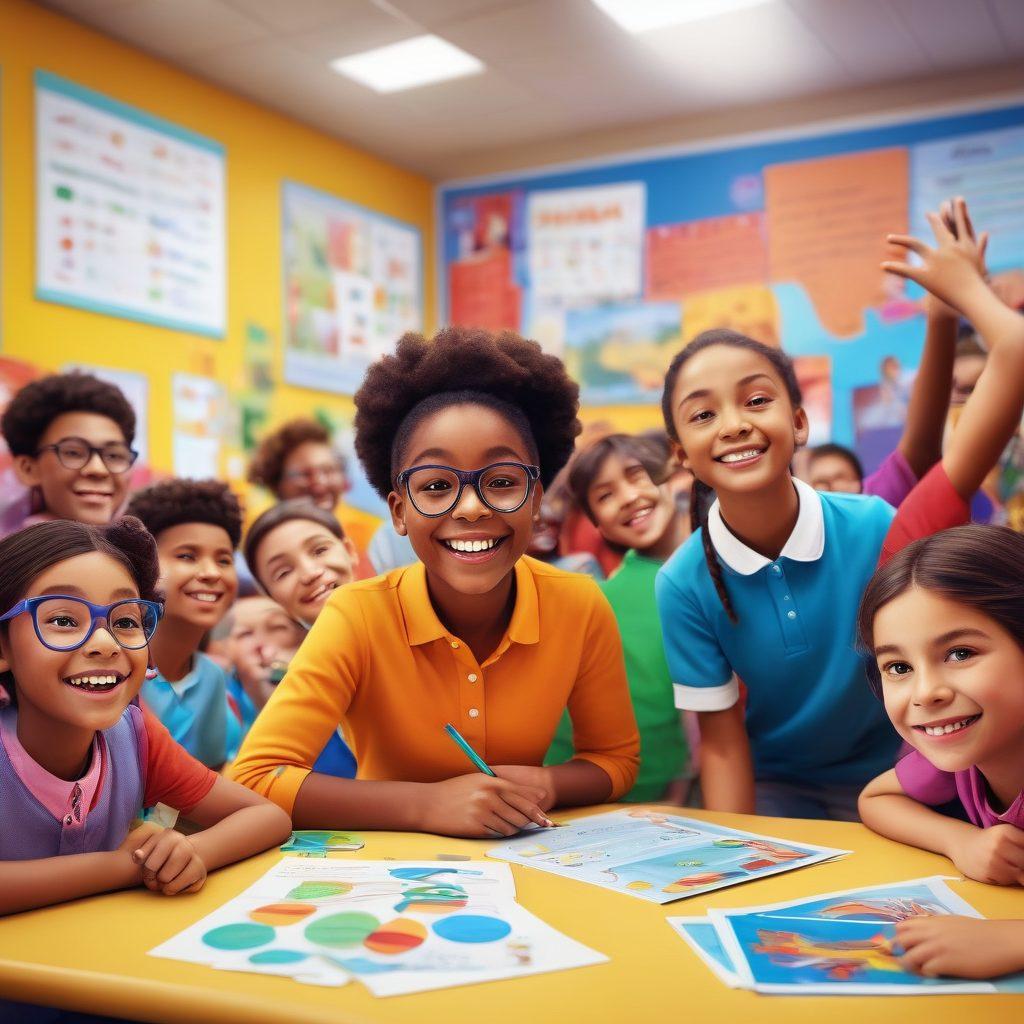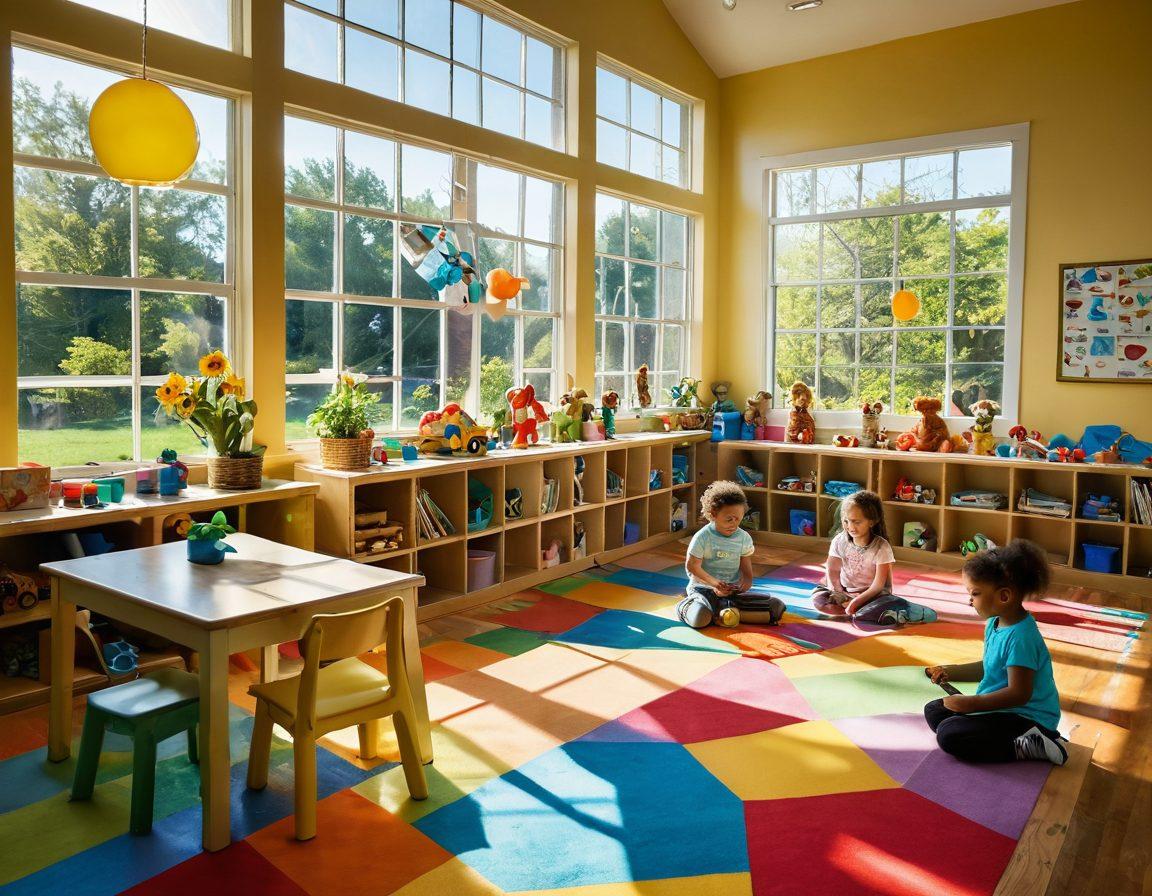Cultivating Joyful Minds: The Power of Play and Discovery in Youth Education
In today's fast-paced world, it's all too easy for education to become a monotonous cycle of lectures and rote memorization. But what if there were another way? What if by embracing play, we could ignite curiosity and creativity in our youth, sparking a joyful love for learning? At the heart of every wonderful educational institution lies the incredible potential of youthful discovery. Engaging with students through playful interaction transforms mundane lessons into exciting adventures, leading to excellent outcomes for their development and knowledge acquisition.
Imagine a classroom where laughter fills the air, where each student is not just a pupil, but an eager adventurer embarking on a quest for understanding. That's the essence of an enriched learning environment, where play isn’t merely an option—it’s a core aspect of the curriculum. Playful learning strategies can elevate a child's educational experience, offering a delightful opportunity for students to collaborate, innovate, and apply their knowledge in creative ways. Does it make you wonder how often we overlook the simple joy of play in academia?
Consider this: research shows that children learn more effectively when they're having fun. The engagement that accompanies play fosters a sense of wonder, allowing youngsters to delve deeper into subjects through exploration rather than just instruction. Think of programs that integrate educational games, teamwork projects, and creative extracurricular activities into their model—these aren't just initiatives; they are pathways to discovery. When students interact with each other and their environment, isn't it wonderful to see them evolve into curious, lifelong learners?
For those in leadership positions within educational institutions, the challenge lies in reimagining academic programs that effectively incorporate play. It might require breaking from traditional patterns and redefining what scholarly activities look like. This pursuit isn't just about enhancing child development; it's about creating joyful minds ready to face the world. Have you ever noticed how the most successful youth programs combine structure with a sense of fun? It’s in this balance that true education flourishes.
Inviting play into our educational practices breaks down barriers and fosters a powerful learning environment. The harmony between fun and study cultivates a culture of innovation, where both students and educators thrive. So, whether you're a teacher, parent, or an administrator, reflect on the possibilities—how can you ignite the spark of curiosity in the youthful minds around you? Let's embrace the joyful power of play and embark together on an inspiring journey of discovery in education!
Transforming Classrooms: The Role of Fun and Interaction in Scholarly Pursuits
In an age where educational institutions are under immense pressure to churn out excellent results, the role of play and interaction in the classroom is being rediscovered as a powerful tool for engaging students. The concept of transforming classrooms into vibrant spaces filled with joyful interaction is not just a wishful idea; it’s an essential strategy in youth education. Imagine walking into an academy where students are not just busy studying but are delighted by the process of discovery. How can we cultivate an environment where children thrive, learn, and play simultaneously?
Think back to your childhood. Was there a particular moment when learning felt less like a chore and more like an exciting adventure? Perhaps it was during a creative group project, or maybe it was engaging in fun activities that illuminated the topic you were studying. This powerful mix of play and scholarly pursuits serves as the backbone for curricular and extracurricular enrichment. By fostering a learning environment rife with creativity and interaction, educational programs can nurture youthful minds that are eager to explore, collaborate, and innovate.
As we dive deeper into the philosophy of joyful education, let’s reflect on the compelling impact of teamwork. Consider a scenario where a group of pupils is tasked with solving a problem together. The laughter, the brainstorming, the occasional disagreement—these moments create a rich tapestry of interaction that promotes educational development and critical thinking. This sense of community and shared purpose can be as essential as the instruction they receive. What if schools embraced more team-oriented projects, allowing students to engage with each other while also engaging with the study material?
Incorporating fun into learning doesn’t just enhance academic performance; it also cultivates soft skills such as communication and collaboration. Moreover, innovative youth programs that blend educational content with engaging activities show that students who are active participants in their learning tend to retain knowledge longer. As educators and institutions explore these avenues, they are likely to discover an entire realm of possibilities that make learning not just relevant but truly enjoyable. Are we ready to embrace this shift towards a more interactive framework of education?
The challenge lies in how we implement this transformation across different institutions. Therefore, integrating play into instruction requires a multi-faceted approach: training for tutors, curriculum redesign, and a focus on creating learning environments that prioritize engagement. Schools must become arenas where joyful minds flourish, not just through traditional studying but through discovery, exploration, and experiential learning. Let’s commit to elevating our youth and delighting them with a wonderful educational journey that encourages them to love learning for a lifetime.
Cultivating Creativity: Enrichment Programs That Delight and Engage Young Minds
In the realm of education, there lies a magnificent little world where the joyous laughter of pupils resonates with the sounds of discovery and creativity. This is the world of enrichment programs, where childhood isn't merely about studying textbooks but about exploring the vast potentials of young minds. Imagine a classroom that feels less like a traditional institution and more like a bustling academy of fun, where every lesson is a delightful adventure! What if we viewed education not just as a means to an academic end, but as an enriching experience that ignites the spark of creativity in every student?
As we delve into the concept of youth programs, we come across the crucial role that play and discovery have in shaping the scholarly journey of our young learners. Research suggests that when children engage in enriching activities, their joyful spirits flourish. Remember the wise words, 'Play is the highest form of research,' as stated by Albert Einstein. It is through this lens of play that pupils become proactive participants in their own learning journeys, cultivating excellence and a lifelong love for knowledge. By integrating creative and fun elements into educational instruction, we can help nurture a learning environment where students not only absorb information but also relish the process of learning.
Enrichment programs are an invitation to innovation in education. Rather than focusing solely on curricular milestones, these programs encourage teamwork and the wonderful interactions that arise from collaborative projects. A small group of students brainstorming ideas for a science fair project or crafting an art installation together not only hones their intellectual abilities but also fosters essential social skills. In this case, the process of discovery becomes equally - if not more - valuable than the final outcomes. When pupils engage in these activities, they become delighted architects of their own knowledge, ensuring a memorable and enriching youth education experience.
What truly sets enrichment programs apart from traditional instruction is their exhilarating approach to learning. With a plethora of extracurricular activities available, students can dive into diverse areas such as coding, music, visual arts, and sports. Imagine a scenario where creativity replicates itself through hands-on exploration, where the classroom transforms into a stage for expression and imagination! The thrill of mastering a new instrument, the excitement of coding a game, or the satisfaction of completing a complex art project all contributes to a wonderful tapestry of experiences that define joyful learning. How can we harness this energy to transform our current educational systems?
In conclusion, to cultivate creativity in our youth, institutions must embrace the power of enrichment programs. These programs not only capture the essence of play and discovery but also provide students with the necessary tools for personal and educational development. By nurturing an environment that encourages engagement, innovation, and fun, we can help young minds flourish into scholarly individuals that will carry their joyful spirits into adulthood. So, let's prioritize the importance of these programs and watch as our students, through exploration and interaction, experience best what childhood can offer—the delight of learning!


